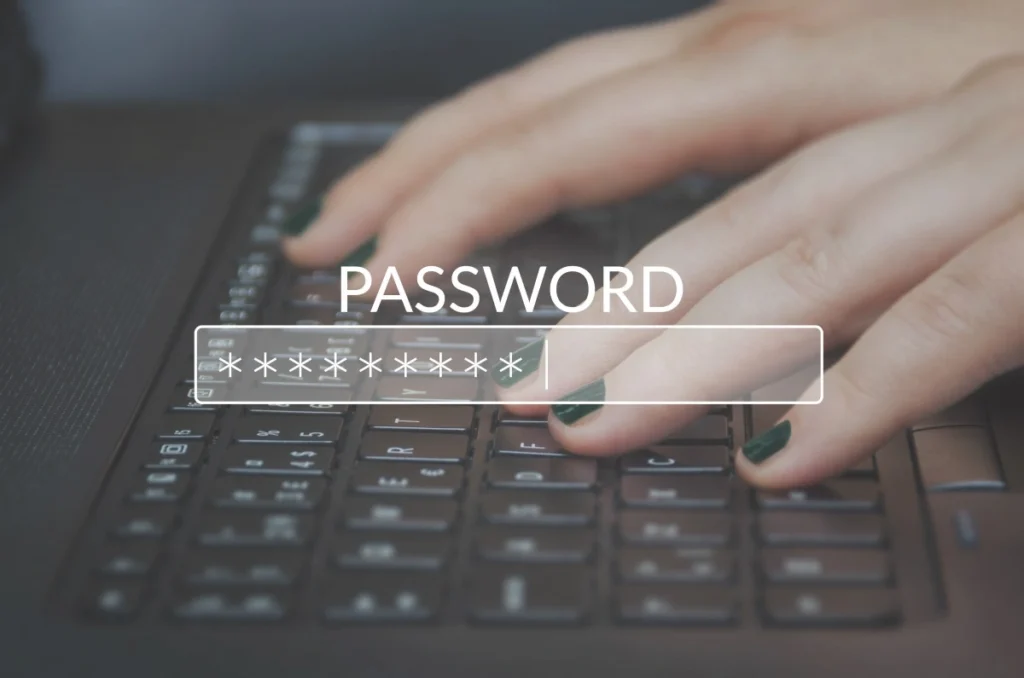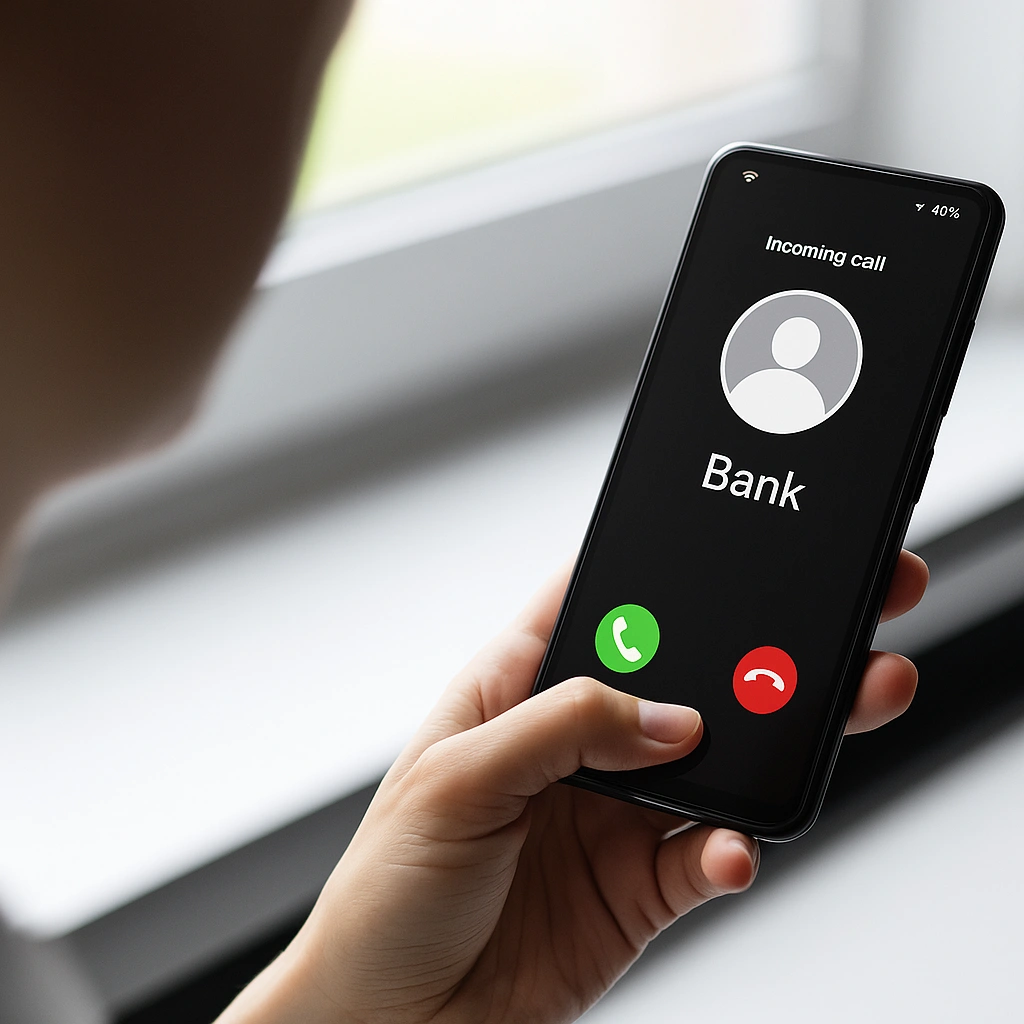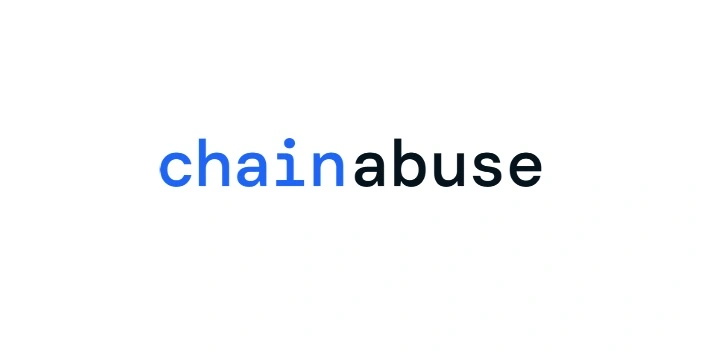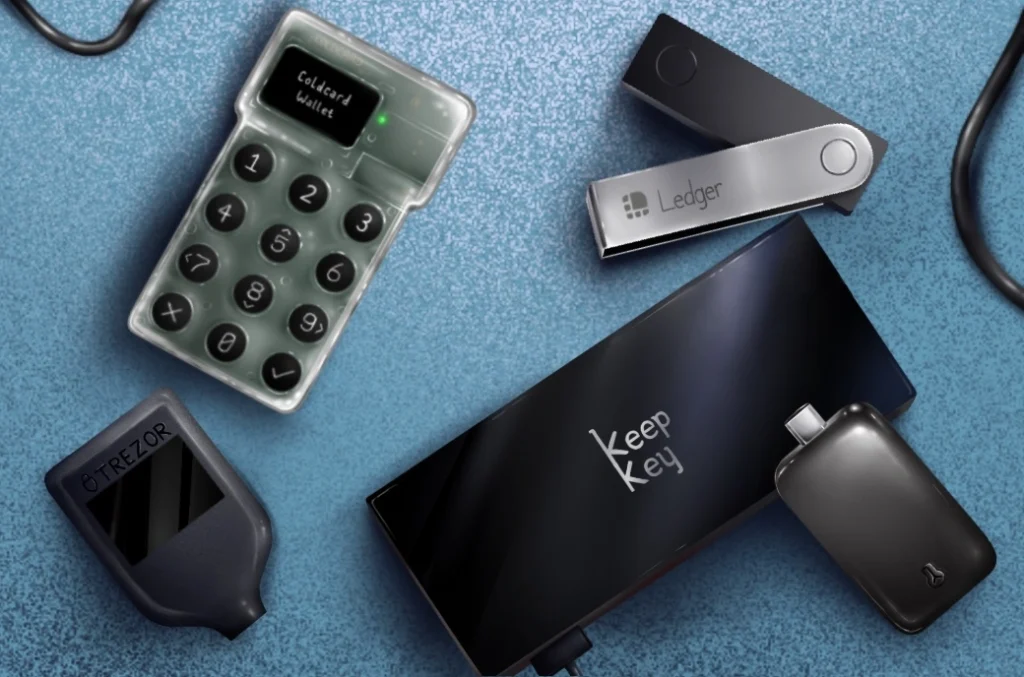Understanding Wallet Hack Response: What You Should Know Before It Happens
November 15, 2024

Digital security is no longer a niche concern—wallet hack response knowledge is quickly becoming essential. Whether you’re into crypto, use digital payment apps, or store sensitive data in mobile wallets, knowing what to do in case of a breach is no longer optional… it’s foundational.
Let’s walk through what happens when a wallet is hacked, what you should do immediately, and how to think long-term about your digital safety. Because understanding the issue is half the battle—and unfortunately, this is a battle more people are finding themselves in.
What to Do First: Wallet Hack Response Basics
A wallet hack can look different depending on the type—cryptocurrency, digital banking, or even third-party payment apps. But in all cases, step one is containment.
Act quickly to reduce further loss.
If you still have access to your account, revoke any third-party permissions, remove connected apps, and change your passwords immediately. Using a secure device to make these changes (not your potentially compromised phone or computer) is highly recommended.
Contact your wallet provider’s customer service or security team. Most platforms offer some level of support—though how much they can recover depends on timing, type of hack, and available features (like transaction delays or “freeze” options).


Why Reporting Is Important
It might seem futile—but filing a report is still a valuable move.
Yes, recovery is often limited, especially in crypto. But there are still benefits:
- Creates a digital trail of the incident
- Helps protect you if identity theft escalates
- Contributes to threat intelligence efforts
- In rare cases, flagged assets can be recovered or blacklisted
Authorities or security platforms like Chainabuse, or wallet-specific fraud teams, can step in to assist or at least record the incident for future cross-referencing.


Long-Term Wallet Hack Response: Building Safer Habits
Now for the learning part: if your wallet got hacked, or even if it didn’t, the best thing you can do is rethink how you manage your digital security.
Some key habits worth adopting:
- Use multi-factor authentication (2FA) — preferably with an authenticator app, not SMS
- Switch to hardware wallets for storing sensitive crypto assets
- Segment your assets — avoid keeping everything in one place
- Review and limit app permissions regularly
- Learn to recognize phishing attempts — they’re getting sneakier


And don’t forget about device hygiene. Run malware scans, update your OS and apps regularly, and avoid downloading tools from untrusted sources. A compromised device can undo all your wallet security, no matter how tight it seems.
How to Think About Wallet Hack Response Going Forward
The idea here isn’t to make you paranoid. But having a working understanding of wallet hack response gives you a clearer roadmap when something goes wrong—and, ideally, helps prevent it in the first place.
In truth, even experts aren’t immune. Hacks evolve. Exploits change. But people who prepare tend to suffer less damage and bounce back faster.
And maybe that’s the takeaway: you don’t have to know everything, but knowing the first few right steps? That could make all the difference.
Relevant news: here

